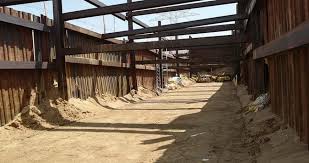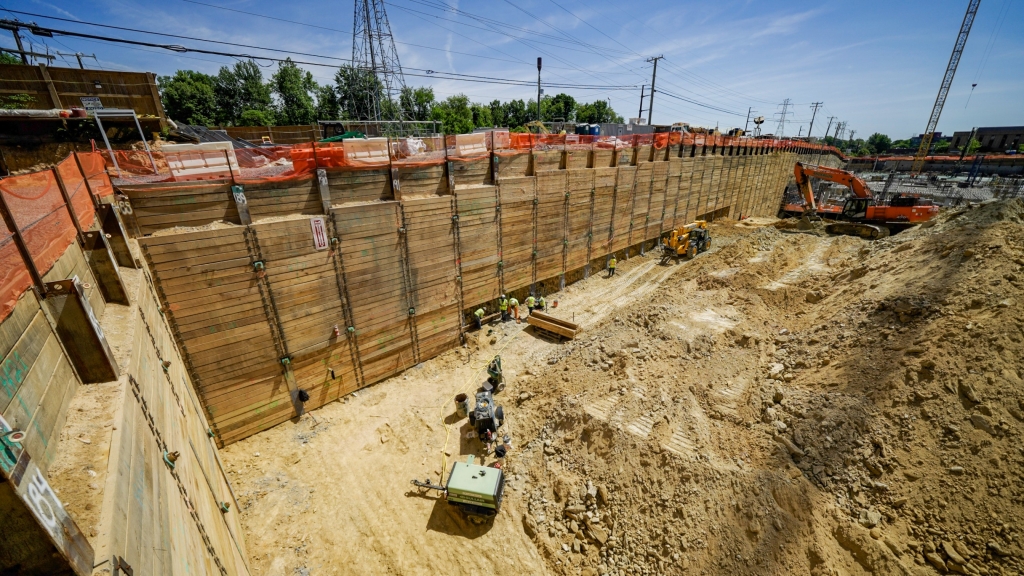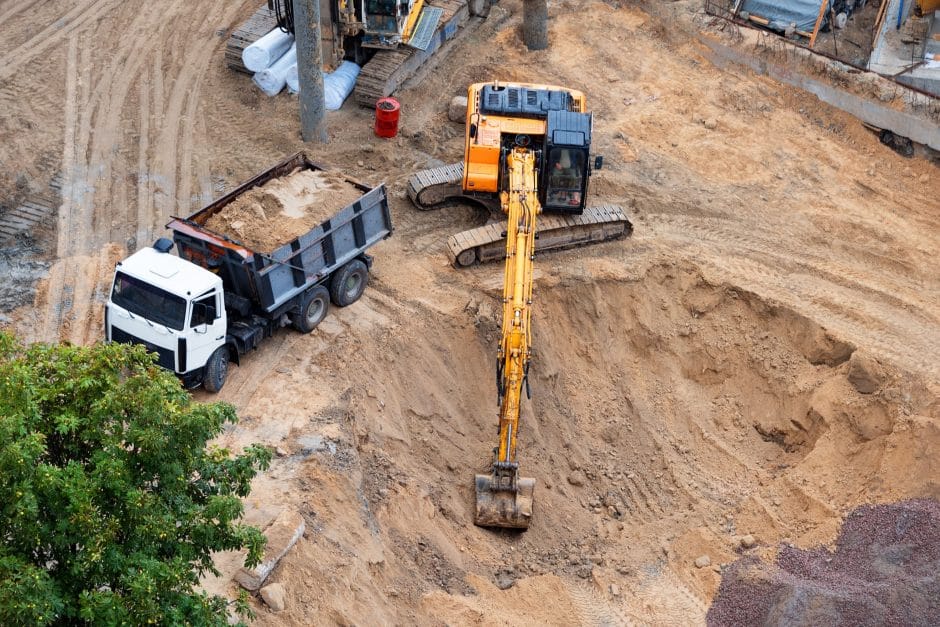
When it comes to excavation in construction projects, safety is the number one priority. Excavation shoring methods are used to support the sides of trenches and excavations, preventing soil collapse and protecting both workers and nearby structures. Without proper shoring, excavation can become dangerous, unpredictable, and potentially catastrophic.
In deep projects, a proper shoring system for deep excavation is critical to stabilize the soil and prevent accidents. These systems often require advanced engineering techniques and high-quality materials like steel. Using strong and durable materials ensures safety and enhances the structural integrity of the excavation site.
Several excavation shoring methods exist, and the right choice depends on soil type, excavation depth, groundwater conditions, and site limitations. The most commonly used techniques include:
Vertical steel beams (soldier piles) are driven into the ground at intervals, with horizontal wooden or steel boards (lagging) placed between them as excavation progresses. This method provides reliable support, especially for deeper excavations.
Steel sheets with interlocking edges are driven deep into the soil to form a continuous wall. This method is effective in soft soils and areas with high water tables, resisting water and earth pressure efficiently.
Hydraulic pistons press outward between steel or aluminum plates to support trench walls. Popular for utility trenching and fast-moving excavation projects.
Similar to hydraulic systems but uses compressed air instead of fluid pressure. Useful in specific conditions, though less common.
Steel rods are inserted into the excavation wall and grouted to reinforce the soil. Often combined with shotcrete or mesh, this method stabilizes deep cuts and steep slopes.
Horizontal or diagonal struts are installed across the excavation, connected to vertical walls. They absorb lateral earth pressure and stabilize the site.
Trenches are excavated while filling with bentonite slurry to prevent collapse, followed by constructing a concrete wall. Provides strong water retention and long-term durability.

Choosing the correct method depends on:
Working with experienced geotechnical engineers and contractors is essential. Each excavation project is unique, and poor shoring choices can lead to safety risks, delays, and increased costs.

Advantages include:
In deep excavations, safety is the top priority. All shoring systems should be properly installed and regularly inspected to prevent accidents.
Age Steel supplies high-quality steel products used in various excavation shoring methods. Their materials, from soldier piles to sheet piles and bracing components, are known for strength and durability. Choosing trusted steel providers ensures safety, compliance, and structural integrity throughout the excavation process.

Excavation shoring methods are essential for safe and successful excavation work. From basic hydraulic systems to complex soil nailing and slurry walls, each method provides specific advantages tailored to different site conditions and project needs. Using the correct method minimizes risks, maximizes safety, and ensures projects proceed on schedule and within budget.
Always invest in the right excavation shoring method to protect your team and project. Safe excavation begins with proper planning and professional support systems.
